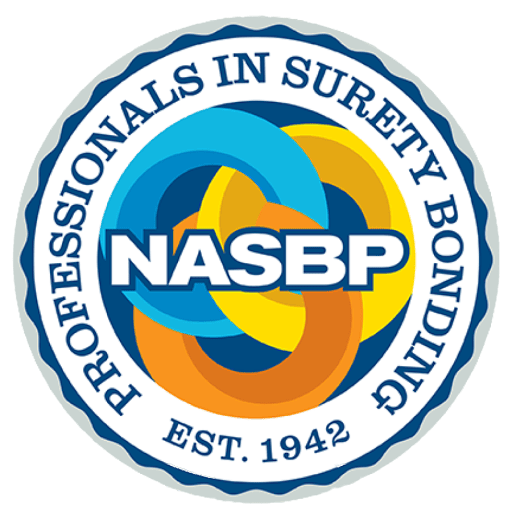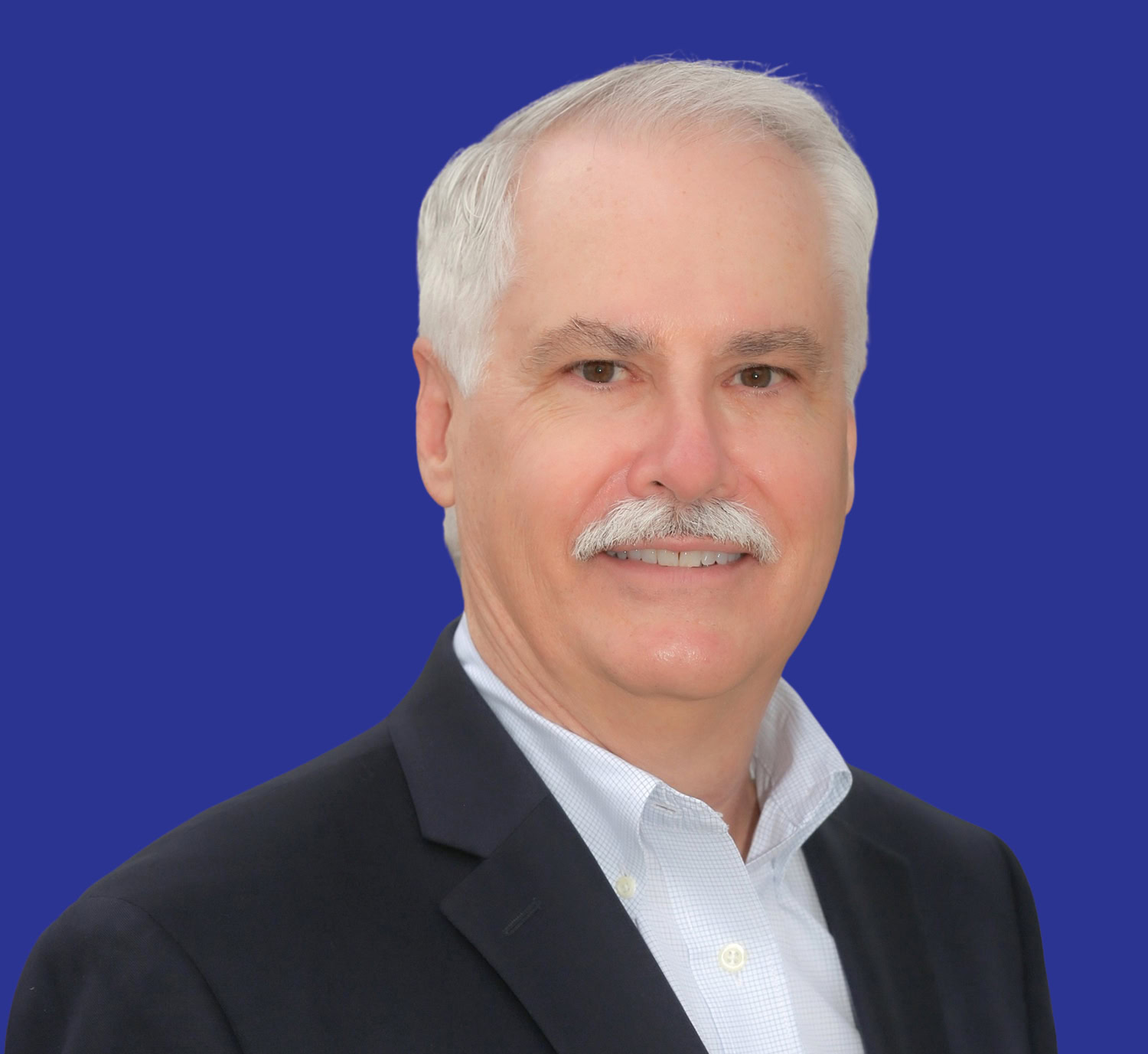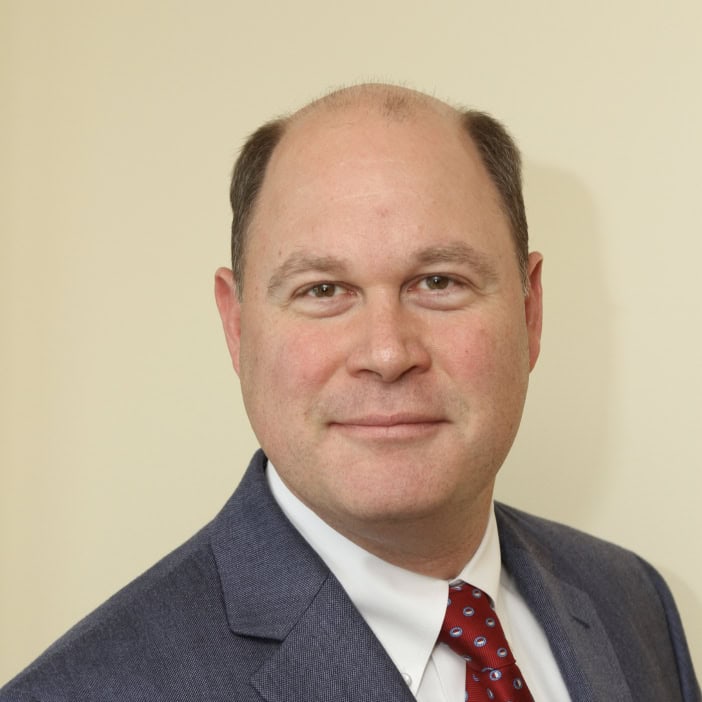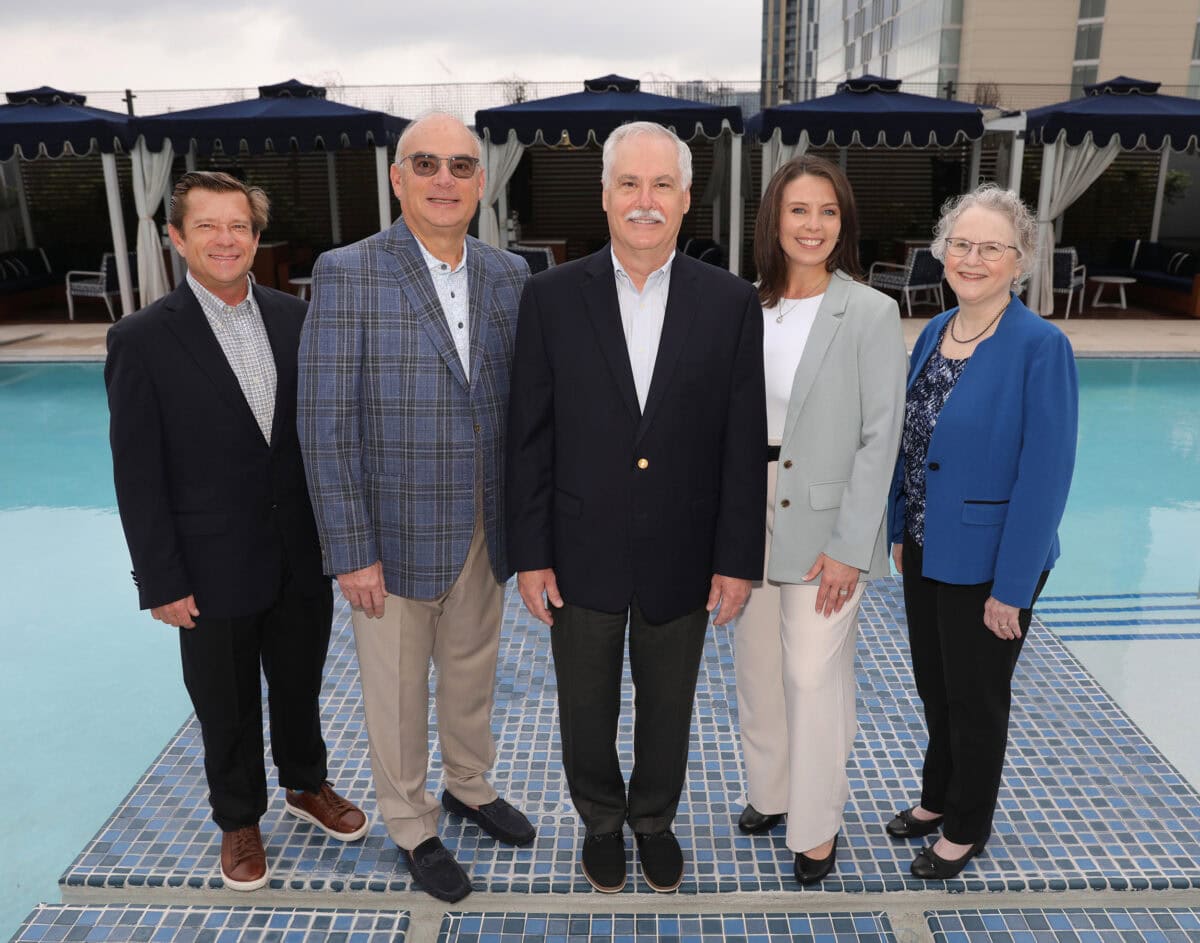NASBP Survey Results Reveal How NASBP Members Do Commercial Surety
Comparison of Results of Surveys Conducted in 2008 and 2011
Commercial Surety is making news and many surety companies, brokers and agencies are reporting a vibrant interest in this usually quiet line of business. A number of new commercial focused surety companies and divisions are springing up and there is a movement of talent to this specialty not seen in many years. Much of the excitement could be a result of the outsourcing of public services and possibly a greater concern for financial compliance by many licensing boards, municipalities, and utilities. Regardless of the driver, the surety industry has responded in exceptional fashion with greater underwriting focus, more diverse appetites, and active training of future professionals. Surety producers in turn have started looking for new business opportunities that are falling to the commercial class codes with the ever flexible service and supply class leading the way.
In 2008 a survey of NASBP member organizations was conducted resulting in 80 responses. The response indicated there was some growth in commercial surety but there was also doubt in what it would amount to. At this time although fewer than half of the organizations responding had dedicated commercial surety staff, there was keen interested in education for commercial surety. The majority – 70% – wanted the education delivered to them via the web or over the phone. The NASBP Commercial Surety Committee took up the challenge to meet these needs and to capitalize on the growth in this sector of the surety world.
The Commercial Surety Committee undertook and completed an enormous challenge and developed an online course now provided through WebCE. “Commercial Surety Fundamentals” as a course provides a broad introduction to the risk and underwriting components of a wide variety of bond types. It is also approved for continuing education credits in all states and Washington D.C. and has been taken by over 140 people seeking commercial surety education and credit.
Since 2008 with the inception of the NASBP Virtual Seminar program, a number of commercial surety presentations have been offered including outsourcing supply and service contracts, commercial surety bankruptcy, understanding and underwriting court bonds, customs bonds, and mortgage broker bonds. Evaluations inform us these offerings have helped our membership gain a greater understanding of the challenges and opportunities in commercial surety.
This spring, we surveyed the membership with the 2011 Commercial Surety Survey to see what had changed in three years. The results largely mirrored the industry expectations of a segment in growth mode.
Numbers of respondents increased to 106 in the 2011 survey. In 2011 the percentage of agencies with more than 25% in commercial surety volume of their total agency surety volume was 33%. This was virtually unchanged from 2008. While the percentage of agencies that expected the volume of commercial surety to grow was largely unchanged as well – 59% in 2011 versus 57% in 2008 – the percentage of agencies having a stated business objective to grow this segment jumped by 9% – from 46% in 2008 to 55% in 2011. This increase is likely a result of the shift to outsourcing of service and supply contracts by public entities as well as greater realization of the need to protect taxpayer funds and provide greater security on financial obligations.
The workload of managing the growth of this segment is shown in the results of the survey question regarding the number of employees that work in commercial surety at least half of their time. This increased to 44% in 2011 versus 28% in 2008. While this appears to contradict the results in the question above showing relatively flat growth from 2008 to 2011, it could also demonstrate the greater focus on service these bonds are demanding. The complexity of the contracts, inquiries of opportunities, and increased pre-qualification request of service and supply contractors could also be a component of the increased workforce.
License and permit bonds as well as court bonds continue to dominate the types of commercial surety bonds written by the majority of the respondents, with 98% (license and permit bonds) and 78% (court bonds) of the respondents actively writing these bonds. This is a testament to the ongoing development and refinement of online delivery and processing systems by the surety companies. One confirming and pleasantly surprising area of activity was in the non-contract performance bonds which includes outsourced supply and service contracts with more than 73% of the respondents actively placing these types of obligations, solidly supporting the expectations of growth in the segment.
Education Opportunities
The 2011 survey sought to mine information about NASBP member’s appetite for information and education. With only half the respondents aware of our very own online, CE credit eligible course “Commercial Surety Fundamentals”, the promotion of this program may need further attention especially as, when asked if they would like NASBP to continue to provide education and training in commercial surety there was a resounding YES from 83% of the respondents and 84% of them wanting this provided via online courses. With the demands placed on today’s surety professional the demand for relevant and convenient continuing education is great and presents NASBP with an exceptional outreach opportunity.
Summary and Anecdotes
Many of the respondents included comments that help shed some light on the commercial surety market highlighting diversity across the country and providing information that is useful when steering the committee’s efforts. Here is a summary of key responses and sample of the comments:
Question: Do you anticipate your commercial surety business will grow in 2012? (Yes – 58.5%; No – 27.4%; I really don’t know – 14.2%)
- Yes – “More utility companies requiring deposit bonds for life of account vs. 2-3 years as before”
- Yes – “Given the economy more manufacturers, suppliers and service companies are being required to post bonds”
- Yes – “Lots of activity in the natural resource market”
- No – “We are in State of Nevada with the worst economy in the nation”
Question: Is it a business objective to grow your commercial surety business in 2012? (Yes – 55.7%; No – 36.8%; I haven’t thought about it – 7.5%)
- Yes – “We see great opportunity”
- Yes – “We feel there are great opportunities in this area”
- No – “too time consuming and not enough premium”
- Yes – “Because contract surety has been really slow in this economy”
Question: Please share any additional comments you might have.
- “The additional focus the NASBP has placed on Commercial Surety business is a value to our members.” (The committee likes nothing more than to add value to NASBP membership)
- “I would love to see courses offered on selling/prospecting commercial surety clients” (Presentations were offered at the 2012 Annual Meeting and in a March 6, 2012 Virtual Seminar.)
- “THANK YOU FOR ASKING OUR OPINION.” (You are most welcome! We will do it again in a couple of years.)
Overall, commercial surety continues to garner much attention in surety company circles especially with the shortage of true commercial underwriting talent, new market entrants, and the expanding global economy. Understanding the market and products, how they can be used, where to find the opportunities and how to creatively place the business when necessary will make this surety product less of a niche item and more of a solution for clients. As credit markets continue to revise their underwriting and narrow their appetites, replacing LOCs with bonds where possible will make our industry stronger and create greater income opportunities. The results of this survey provides an insight to the challenges we face and the resources at our disposal.
I look forward to receiving your comments and questions and will share them with the Commercial Surety Committee. Last but not least, I recommend you take the online course, Commercial Surety Fundamentals to learn more about commercial surety and to get CE credits. Stay tuned to hear about the new online course being developed by the NASBP Commercial Surety Committee, Financial Guarantee Bonds. The debut of this course is targeted for the end of this year.
 The author of this article is Jeff Broyles, CICIC CRM, Bond Manager of Beecher Carlson Insurance Agency, LLC in Portland, OR. He can be reached at phone: 503-219-3202, fax: 503-914-5402 or cell: 360-213-8236 or at jeff.broyles@beechercarlson.com.
The author of this article is Jeff Broyles, CICIC CRM, Bond Manager of Beecher Carlson Insurance Agency, LLC in Portland, OR. He can be reached at phone: 503-219-3202, fax: 503-914-5402 or cell: 360-213-8236 or at jeff.broyles@beechercarlson.com.
Get Important Surety Industry News & Info
Keep up with the latest industry news and NASBP programs, events, and activities by subscribing to NASBP Smartbrief.




